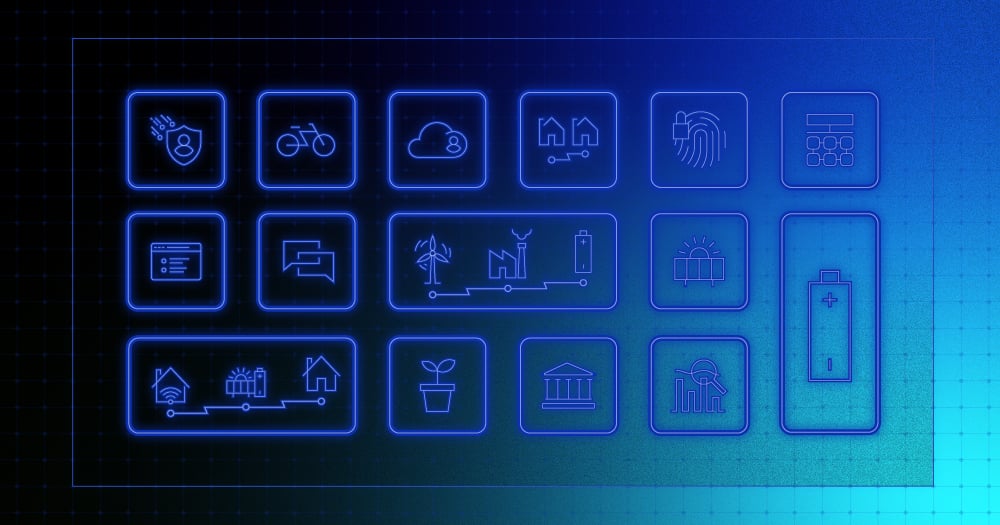Flux Federation | 15 April 2024


It’s not hard to understand why many energy businesses have prioritised expenditure into maintaining legacy billing platforms over investment into more modern platforms. Accepting that a solution is no longer fit for purpose is not an easy one when your business has invested significant time, money and resources into it.
But there always comes a point with legacy technology where the cost and effort required to maintain, upgrade, evolve, and quite simply drag it into the new technological landscape far exceeds the cost and effort to replace it. From the conversations we have with energy retailers every day, many have reached (or even passed) this point. And that’s because the escalating costs associated with maintaining legacy software isn’t just an opex line on the balance sheet, it’s also about the opportunity cost of losing relevance in a quickly evolving market.
Undoubtedly, any legacy billing software will require strategic improvements to grow value. It simply cannot support the innovative and complex energy solutions in today’s decentralised energy economy, let alone tomorrow’s. So perhaps the questions that should be asked right at the beginning of a process of ascertaining whether to continue with legacy tech or buy new are:
Overlaid across all this, of course, is the dual imperative to reduce cost to serve. Globally, energy companies face significant challenges with rising wholesale costs, net zero goals, and new regulatory requirements. So, the decision to invest in new billing software versus ‘making do’ with ageing tech becomes even more critical.
The traditional method of cost cutting has been achieved by reducing labour numbers. But as we know, maintaining and evolving legacy technology is resource intensive, and ongoing. This in itself may be the case for assessing current capability against key changes happening in the sector to determine if the existing platform is an impediment to growth and increased revenue. And perhaps the cost and effort of implementing a new, modern billing system that offers automation, greater flexibility and accuracy might just be the safer option.
Legacy billing tech becomes a handbrake when it hinders the energy seller’s ability to diversify. And this can be even at the most basic level such as introducing new tariffs.
As decarbonised, decentralised energy solutions ramp up, so too does the complexity in billing them, which requires software that is flexible to allow quick changes, can integrate with other platforms in the tech stack such as a CRM, and can automate complex calculations like broker/TPI commissions to increase accuracy and efficiency. Furthermore, we believe the greatest value to be gained by introducing modern billing software is revenue optimisation.
Here’s how:
If we relate all these points to Flux and how we support energy sellers in their digital transformations, our value is in enabling them to capture the opportunities as they arise while operating businesses that are efficient and profitable. While efficiency, profitability, relevance, and innovation do not solely rest with billing software, there is a significant role our technology plays in ensuring there are no barriers to the flow of revenue - both in accurately and seamlessly billing the products of today and the development of new energy solutions. Plus, the data that Flux surfaces can be utilised to make strategic decisions as well as harnessed within other platforms in an energy retailer’s tech stack.
If you’re looking at how you can introduce new tariffs and solutions quickly and easily while maintaining the ability to rapidly and accurately generate bills and automate complex calculations, all while maintaining your competitive edge, it might be time to talk to our team of energy experts to find out how Flux can support your vision for the future of energy.

Sign up for the latest updates in technology, changes, regulations, and new energy products from Flux.